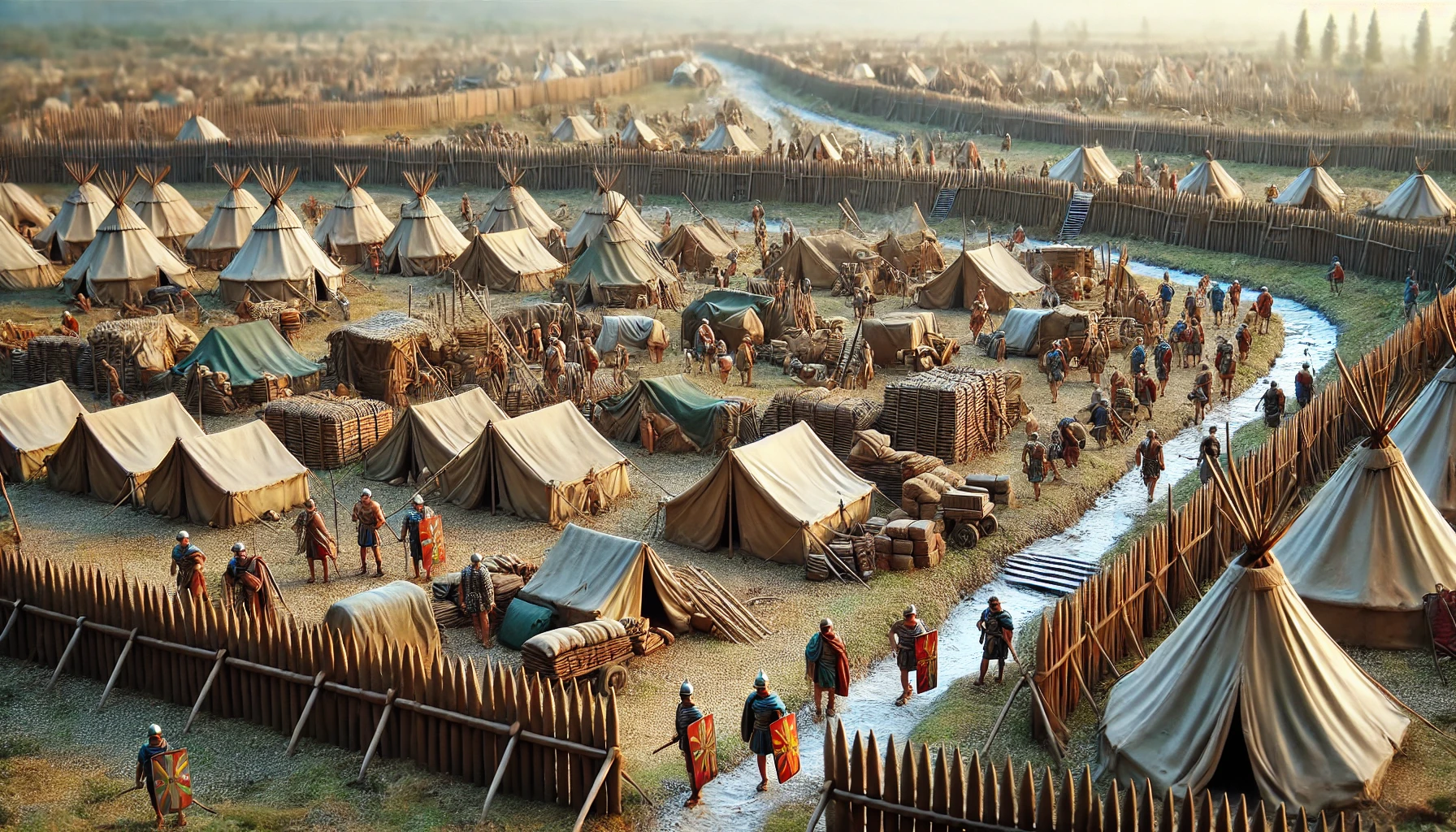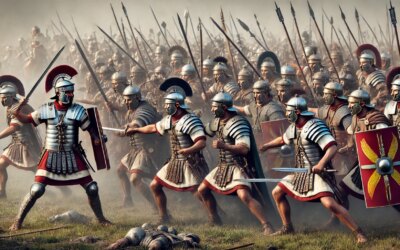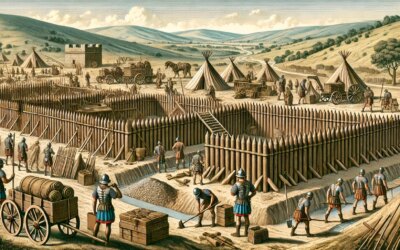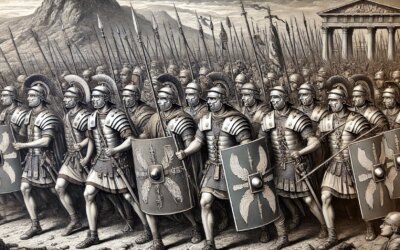Introduction
Wherever the Roman legions marched, they built highly organized and defensible military camps known as castra. These temporary or permanent encampments were essential to the success of Rome’s military campaigns, providing soldiers with a secure base from which to launch operations. The precision, discipline, and strategic layout of these camps exemplified Roman military efficiency.
The Structure of a Roman Camp
Roman military camps followed a strict, standardized design, ensuring that any legionary could navigate them with ease. Whether set up for a single night or for long-term occupation, the principles remained the same.
Key Features of a Roman Camp
- Cardo and Decumanus: Two main roads—one running north-south (cardo) and the other east-west (decumanus)—divided the camp into quadrants.
- Defensive Walls and Ditches: Camps were surrounded by a ditch (fossa) and an earthen rampart reinforced with wooden stakes.
- The Praetorium: The general’s tent, located at the center of the camp.
- Via Principalis: The main street leading to the command center.
- Barracks and Supply Tents: Organized in rows to house soldiers and store essential supplies.
Discipline and Daily Life in the Camp
Life in a Roman camp was defined by discipline and routine. Soldiers adhered to a strict schedule, ensuring order and readiness for battle.
Daily Activities
- Training: Soldiers practiced formations, weapon drills, and combat techniques.
- Construction: When setting up a camp, soldiers dug trenches, built fortifications, and erected tents.
- Patrolling and Guard Duty: Security was paramount, with sentries stationed at all entrances.
- Food Preparation: Camps had designated areas for cooking and eating.
- Religious Rituals: Offerings to the gods ensured divine favor in battle.
The Role of Engineers in Camp Construction
Roman military engineers played a crucial role in setting up camps. They determined the best location, planned fortifications, and ensured a steady water supply. Their expertise allowed Rome to build not just camps but entire fortified settlements that often became permanent towns.
Long-Term Fortifications
While many military camps were temporary, some evolved into permanent forts. These fortified settlements served as administrative and logistical centers, maintaining Rome’s control over conquered territories. Examples include Vindolanda in Britain and Carnuntum in Austria.
The Influence on Modern Military Strategy
The principles of Roman military encampments influenced later fortification designs. Many modern military bases still follow a grid-like structure similar to Roman castra.
Conclusion
The Roman military camp was more than a place to rest—it was a symbol of order, strategy, and preparedness. The meticulous design and disciplined routine within these camps ensured that Rome’s legions remained the most formidable fighting force of the ancient world.






